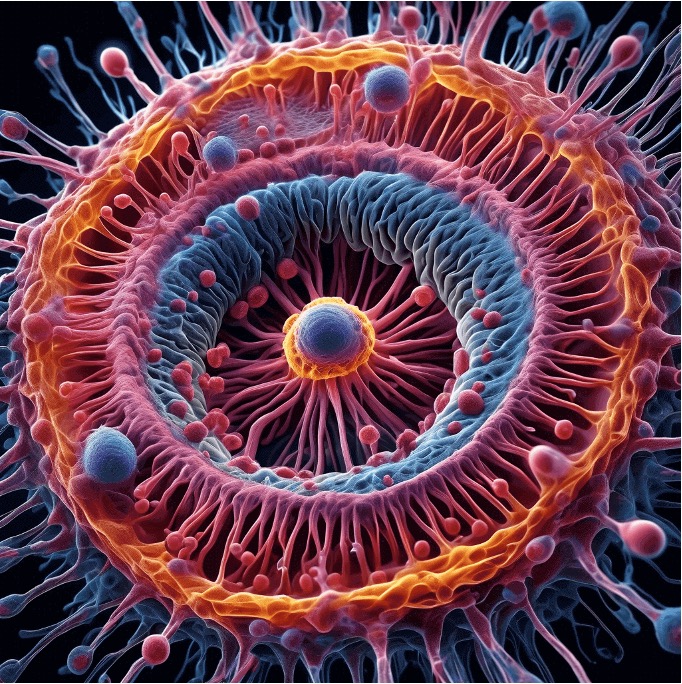Copper trafficking and homeostasis are under tight control, especially in the brain, with specific proteins for copper uptake (Ctr1) and export (Atp7a/b), and for copper delivery to cuproenzymes (Ccs, Atox1, Cox17). There is very little room for error in copper homeostasis, and misregulation can lead to serious consequences and neurodegenerative diseases and cancer. Hence, recognizing the loss of metal regulation is critical. The obvious question is how one can fix it.
In our lab, we are aiming to map the full copper transfer mechanism in the cell. To identify key residues and possible mutations that can alter/restore the copper cycle. We also look for competitive metal ions or specific chelators that can affect the copper reaction mechanism.
Selected publications:
-
Meron, S.; Peleg, S.; Shenberger, Y.; Hofmann, L.; Gevorkyan-Airapetov, L.; Ruthstein, S.; Tracking disordered extracellular domains of membrane proteins in the cell with Cu(II)-based spin-labels. J.Phys. Chem. B. 2024.
-
Qasem, Z.; Pavlin, M.; Ritacco, I.; Avivi, M.Y.; Meron, S.; Hirsch, M.; Shenberger, Y.; Gevorkyan-Airapetov, L.; Magistrato, A.; Ruthstein, S.; Distrupting Cu trafficking as a potential therapy for cancer. Front. Mol. Biosci. 2022, 1011294.
-
Walke, G.; Aupic, J.; Kashoua, H.; Janos, P.; Meron, S.; Shenberger, Y.; Qasem, Z.; Gevorkyan-Airapetov, L.; Magistrato, A.; Ruthstein, S.; Dynamical interplay between the human high-affinity copper transporter hCtr1 and its cognate metal ion. Biophys. J. 2022, 121, 1194-1204.
-
Perkal. O; Qasem, Z.; Turgeman, M.; Schwartz, R.; Gevorkyan-Airapetov, L.; Pavlin, M.; Magistrato, A.; Major, D.; Ruthstein, S.; Cu(I) controls conformational states in the human metallochaperone Atox1:an EPR and mutiscale simulation study. J. Phys. Chem. B. 2020, 124, 4399-4411.
-
Magistrato, A.; Qasem, Z.; Pavlin, M.; Ruthstein, S.; Copper trafficking in eukaryotic systems: Current knowledge from experimental and computational efforts. Curr. Opin. Struct. Biology. 2019, 58, 26-33.
-
Shenberger, Y.; Shimshi, A.; Ruthstein, S.*; EPR spectroscopy shows that the blood carrier protein, human serum albumin, closely interacts with the N-terminal domain of the copper transporter, CTR1. J. Phys. Chem. B. 2015, 119, 4824-4830.
-
Shenberger, Y.; Gottlieb, H.E.; Ruthstein. S.*; EPR, NMR, and CD spectroscopy provide inputs on the coordination of Cu(I) and Ag(I) to a disordered methionine segment. J. Biol. Inorg. Chem. 2015, 20, 719-727.
-
Levy, A.; Yarmaiyev, V.; Moskovitz, Y.; Ruthstein, S.* Probing the structural flexibility of the human copper metallochaperone, Atox1 dimer and its interaction with the CTR1 c-terminal domain. J.Phys. Chem. B. 2014, 118, 5832-5842.
-
Shenberger, Y.; Yarmiayev, V.; Ruthstein, S.*; Exploring the interaction between the human copper transporter, CTR1, c-terminal domain and a methionine motif, in the presence of Cu(I) and Ag(I) ions, using EPR spectroscopy. Mol. Phys. 2013. 111, 2980-2991.

